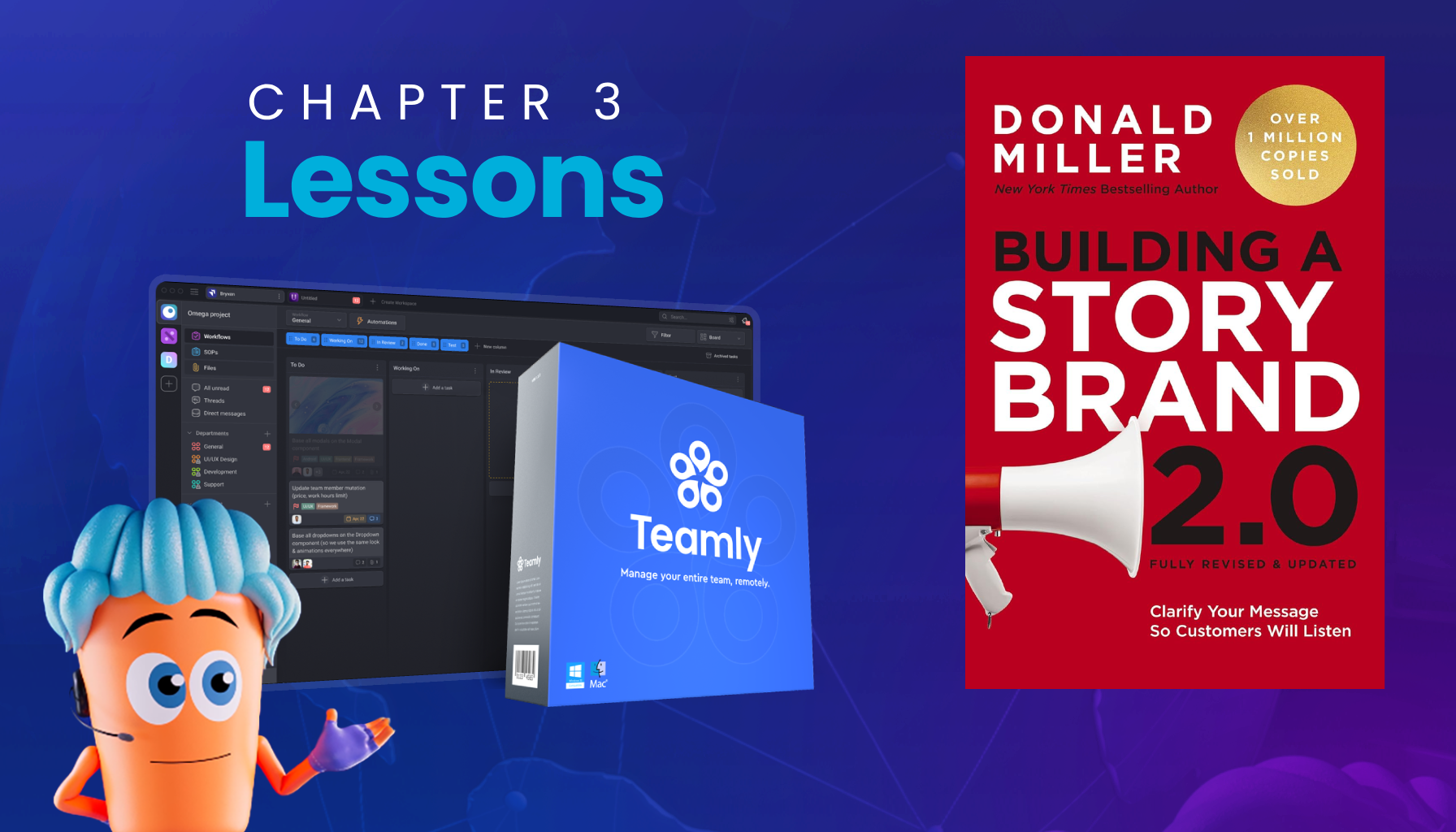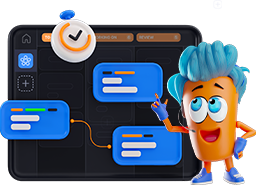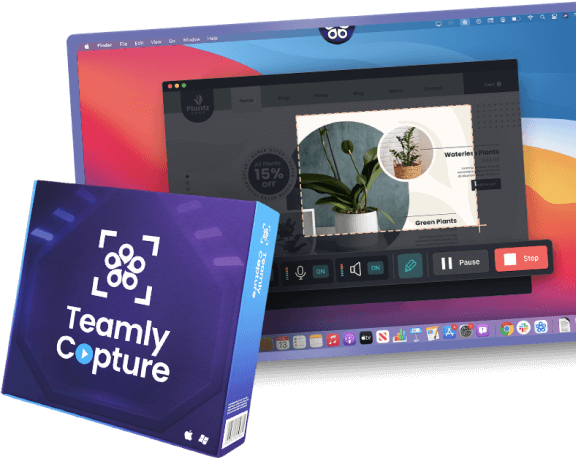
Click the button to start reading
Key Lessons from Building a StoryBrand 2.0: Chapter 3
Businesses often struggle to communicate their value to customers. The SB7 Framework, introduced in Building a StoryBrand 2.0, provides a simple yet powerful roadmap for creating clear, compelling brand messages.
Chapter 3 of the book dives into this framework, helping brands connect with customers by telling a story where the customer is the hero. This blog explores the key takeaways from Chapter 3 and how the framework can transform your messaging strategy.

1. The Customer Is the Hero
One of the most important principles of the SB7 Framework is that the customer is the hero of the story, not your brand.
Customers are looking for solutions to their problems, not another competitor claiming the spotlight. When brands position themselves as guides, they become trusted allies in the customer’s journey.
This shift in perspective builds trust and makes the brand more relatable and approachable.
Think of brands like Teamly, which positions itself as a tool to help businesses streamline project management and collaboration.
By focusing on what customers need—efficiency and clarity—Teamly becomes the trusted guide for businesses seeking productivity solutions. Visit Teamly to learn more about how they support teams effectively.

2. Identify the Problem
Customers buy solutions to their problems. Chapter 3 emphasizes the importance of identifying and articulating these problems clearly. The SB7 Framework outlines three levels of problems:
- External Problems: Functional issues customers face, like lack of time or resources.
- Internal Problems: Emotional struggles, such as frustration or overwhelm.
- Philosophical Problems: Broader values or beliefs, like fairness or quality.
Brands that address all three levels create deeper connections with their customers, making them feel understood and supported.
Recognizing these layers allows businesses to craft messaging that goes beyond surface-level needs, positioning their product or service as the ultimate solution.
Moreover, identifying the problem with precision ensures your brand messaging resonates with your audience’s struggles.
The more specific the problem, the more likely your customers are to see your product or service as the solution they need. This clarity strengthens your relationship with them, boosting trust and engagement.
3. Become the Guide
Guides are essential in every great story. In the SB7 Framework, the brand takes on this role, offering empathy and authority to lead the customer toward success.
Think of iconic guides like Yoda from Star Wars—their job is to empower the hero without overshadowing their journey.
Positioning your brand as the guide involves two key elements:
- Empathy: Show that you understand the customer’s struggles.
- Authority: Prove you have the expertise to help them succeed.
Empathy builds rapport, while authority instills confidence in your ability to deliver. Together, these qualities create a compelling narrative that encourages customers to trust your brand.
For instance, showcasing testimonials, case studies, or data can amplify your credibility, reinforcing your role as a reliable guide.

4. Provide a Clear Plan
Customers need a clear path to solve their problems. The SB7 Framework introduces two types of plans:
- Agreement Plan: Reduce risk with guarantees or assurances.
- Process Plan: Break down steps to show how your solution works.
A clear plan eliminates confusion and gives customers the confidence to take the next step. For example, an agreement plan might include a money-back guarantee, while a process plan might outline the steps needed to get started with a product or service.
Both plans work together to remove barriers to entry and encourage action.
Additionally, your plan should be visually simple and easy to follow. Charts, diagrams, or bullet points can help outline the process, ensuring customers feel equipped and reassured to proceed.
The easier it is to understand the plan, the faster customers are likely to take action.
5. Issue a Call to Action
Calls to action are essential for guiding customers to take the next step. Chapter 3 outlines two types of calls to action:
- Direct Calls to Action: Clear, specific instructions like “Buy Now” or “Schedule a Demo.”
- Transitional Calls to Action: Gentle nudges like offering a free guide or consultation.
Without a strong call to action, customers may hesitate or lose interest. Ensure your messaging always includes a clear and compelling next step.
Transitional calls to action are particularly effective in nurturing leads who may not be ready to commit immediately but are interested in learning more.
For example, offering downloadable resources, email newsletters, or webinars keeps potential customers engaged and builds a stronger relationship over time. These small steps lead them closer to making a purchase decision.

6. Highlight the Stakes
Every story needs stakes to create urgency. What do customers stand to lose if they don’t take action?
Chapter 3 encourages brands to paint a vivid picture of the risks and consequences of inaction. This could be as simple as missing out on savings or as significant as failing to solve a pressing problem.
By addressing these stakes, brands motivate customers to act and position themselves as essential partners in avoiding failure. Highlighting the stakes not only creates urgency but also reinforces the value of your solution in the customer’s eyes.
To emphasize stakes effectively, use emotional language that aligns with your audience’s concerns.
Highlight the potential frustrations, lost opportunities, or setbacks they might experience without your product. Creating urgency helps customers feel the immediate need for a solution.
7. Paint a Picture of Success
The final step of the SB7 Framework is showing customers how their lives will improve by choosing your brand.
This could include increased confidence, peace of mind, or tangible benefits like higher productivity or cost savings.
Examples from Chapter 3 include Ronald Reagan’s “shining city on a hill” and Weight Watchers’ promise of transformation. These success stories inspire action and loyalty, showing customers the brighter future your brand can offer.
Offering clear examples of success makes it easier for customers to envision themselves achieving similar results, solidifying their decision to engage with your brand.
Success stories can be further enhanced with visuals, testimonials, and relatable narratives. Let your customers see themselves in the outcome you promise, creating a powerful connection that drives their decision-making process.
Start Using the SB7 Framework Today
The SB7 Framework from Building a StoryBrand 2.0 is a game-changer for businesses seeking clarity in their messaging.
By positioning your customer as the hero and following these seven steps, you can create a compelling narrative that resonates with your audience and drives results. Ready to dive deeper? Get your copy of the book today on Amazon.
















